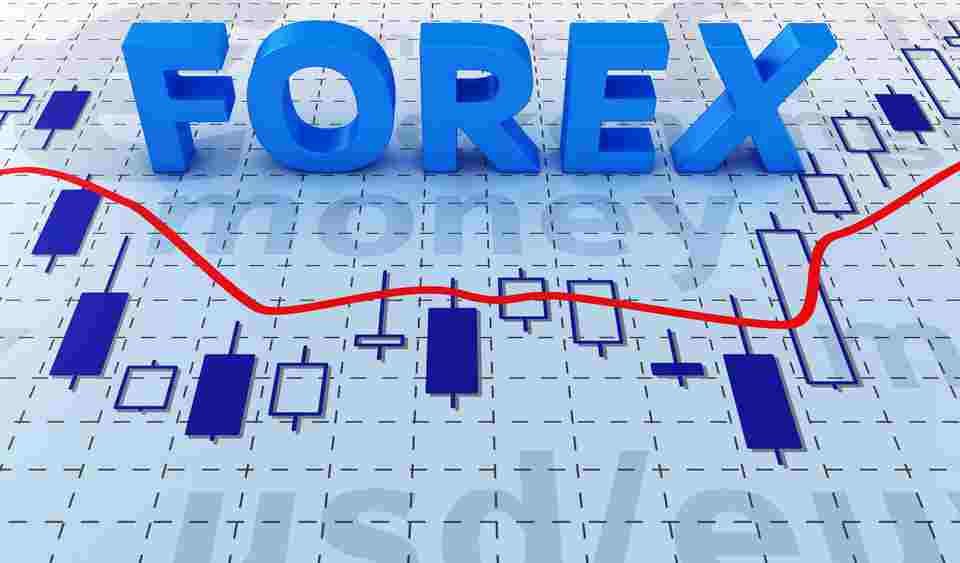
Exploring The Different Charting Techniques For Forex Trading Online
Forex trading online is a complex and dynamic process that requires traders to be equipped with the right knowledge, skills, and tools. One of the most important tools is the charting technique, which helps traders analyze market data and make informed trading decisions.
Different types of charting techniques
Line Chart: A line chart is the simplest type of chart used in forex trading online. It is created by connecting the closing prices of a currency pair over some time with a straight line. Line charts are useful for identifying trends in the market,
Bar Chart: A bar chart shows the opening and closing prices of a currency pair as well as the high and low prices during a given time. Each bar represents a specific period, such as a day or an hour. Bar charts are useful for analyzing forex trading online market volatility and identifying price trends.
Candlestick Chart: A candlestick chart is similar to a bar chart, but it provides more information. Each candlestick represents a specific time and shows the opening and closing prices as well as the high and low prices. Candlestick charts are useful for identifying market trends and patterns. They are widely used by traders and provide a more detailed view of the market than bar charts.
Renko Chart: A Renko chart is a type of chart that uses a series of bricks to represent price movements. The size of the bricks is determined by the trader, and each brick represents a specific price movement. Renko charts are useful for identifying trends and patterns in the market.
Point and Figure Chart
A point and figure chart is a type of chart that uses X’s and O’s to represent price movements. Each X or O represents a specific price movement, and the chart only changes direction when the price moves by a certain amount. Point and figure charts are useful for identifying support and resistance levels. They are less common than other chart types, but they can be effective for certain traders.